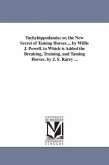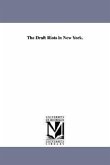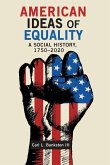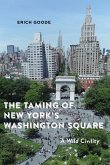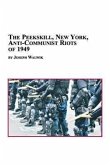The history of the United States has been largely shaped, for better or for worse, by the actions of large groups of people. Rioters on a village green, shoppers lurching about a labyrinthine mall, slaves packed into the dark hold of a ship, strikers assembling outside the factory gates, all have their place in the rich and sometimes tragic history of the American crowd. This study traces that history from the days of anti-colonial revolt to today's passive, "colonized crowds" that fill our sports arenas, commercial centers, and workplaces. The author argues for the progressive role crowds have played in securing greater democracy, civil rights, and free speech. But he also investigates crowds in their more dangerous forms, such as lynch mobs and anti-immigrant riots. This work explains how the crowd as an active subject of change, often positive, sometimes not, has been replaced by the passive crowd as object of control and regulation. Today, the imperatives of mass society organize people in large numbers to consume goods and conform to permissible behavioral patterns, not to openly contest power. But, with the world entering a new period of economic uncertainty and mass protests erupting across the globe, it is time to reverse that trend. This book shows us the history of the untamed crowd and urges us to reclaim its legacy.


